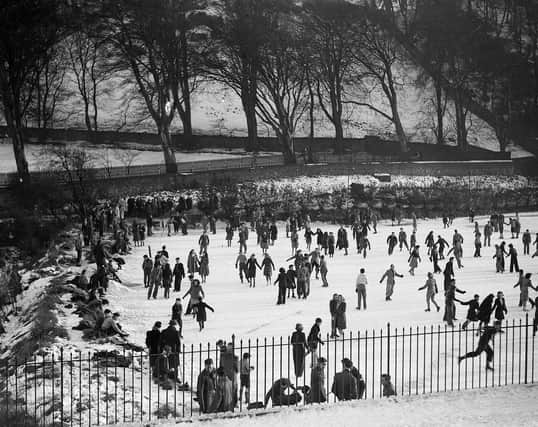There is evidence of human inhabitation of the Craiglockhart area from prehistoric times – with the vitrified fort at the top of Wester Craiglockhart Hill built thousands of years ago and re-occpied during Roman times.
It wasn’t until the 13th century that the name is first mentioned, coming from combining Craig, meaning ‘rock’, with the name of prominent local landowning family Loccard.
They later changed their name to Lockhart and built Craiglockhart Castle – now ruined – in the 15th century.
Redhill was another castle in the area, owned by lawyer Adam Otterburn in the 16th century and demolished 200 years later, with the stone used to build Redhall House, now abandoned.
In Victorian times the village was a centre of medicine, with prominent buildings including the City Hospital, the Royal Edinburgh Asylum, the City Poorhouse, and Craiglockhart Hydropathic Institution – which was used to treat soldiers with shell-shock in the First World War, including poets Wilfred Owen and Siegfried Sassoon.
Today, much of the land formerly taken up by hospitals is used by Napier University, with the Hydropathic Institution forming part of the Business School.
Craiglockhart only became officially part of Edinburgh in 1920, with residential developments following soon after, largely consisting of bungalows and detached houses around the Wester and Easter Craiglockhart Hills.
Today it is an in-demand place to live with a mixture of tarraced and detached housing, ranging from Victorian to modern properties.
It’s also home to Craiglockhart Tennis Centre which host international tennis competitions and was where a pre-fame Sir Andy Murray used to train.
Here are 24 pictures to take you back to the area in the 1950s and 1960s.
Read more:
A message from the Editor:
Thank you for reading this article. We're more reliant on your support than ever as the shift in consumer habits brought about by coronavirus impacts our advertisers.
If you haven't already, please consider supporting our trusted, fact-checked journalism by taking out a digital subscription.
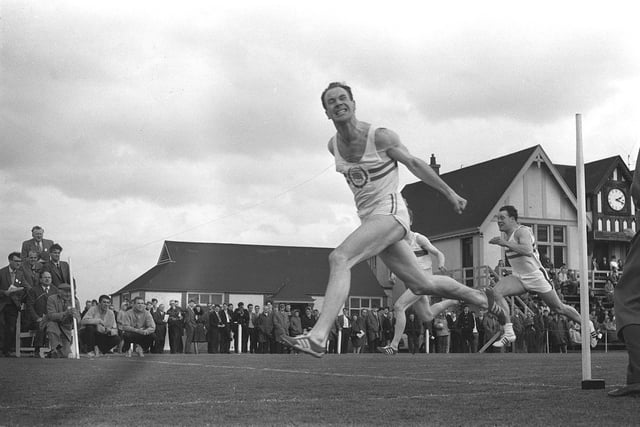
1. Over the line
Future Lib Dem leader Menzies Campbell winning 100 yards at Centenery field day at Craiglockhart. Edinburgh University Athletics Club in 1966. Photo: Unknown
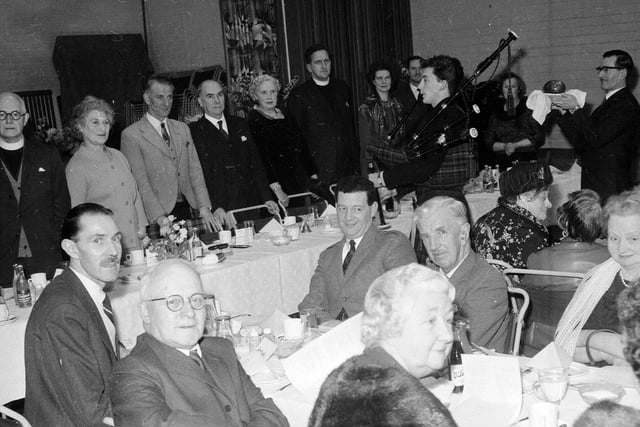
2. Poetry in motion
The Men's Association Burns Supper at Craiglockhart Parish Church in 1964. Photo: Unknown
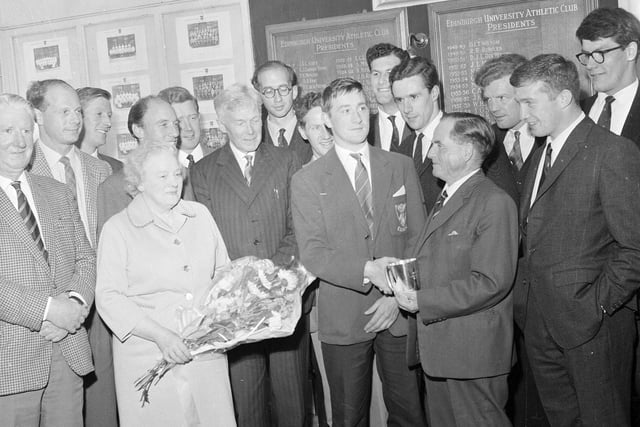
3. Happy retiral
Bob Watson, head groundsman at Edinburgh University Craiglockhart playing fields receives a retiral presentation in 1965. Photo: Unknown
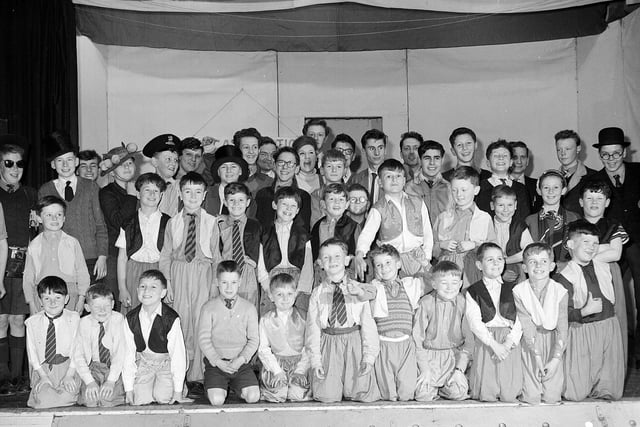
4. Scout and about
The 134th Craiglockhart Boy Scout troop pictured in March 1963. Photo: Unknown
